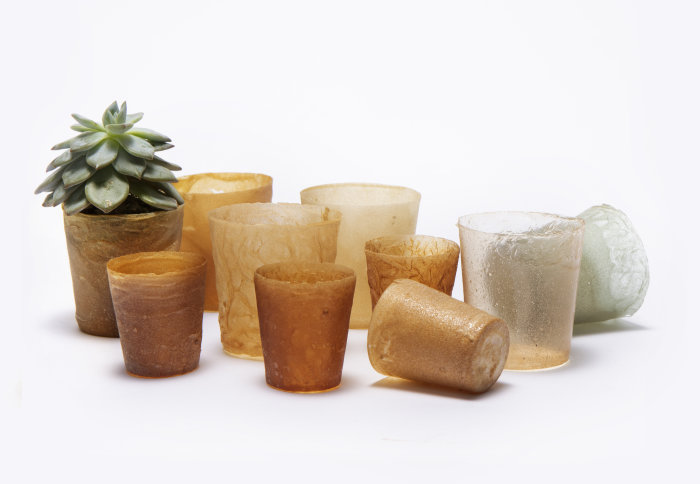

The group of students have developed new manufacturing processes to transform lobster shell waste into biodegradable, recyclable bioplastic.
The four students are studying Innovation Design Engineering, a course delivered jointly by Imperial College London and the Royal College of Art. They have built a series of machines that extract, form and recycle the material, which they believe could be used as a replacement for various single-use plastics.
We believe we can demonstrate how chitosan bioplastic could become a viable alternative for many of the plastic products we use today. The Shellworks team
The project uses chitin, the world’s second most abundant biopolymer, (a naturally produced plastic). Chitin is found in crustaceans, insects and fungi, but needs to be chemically extracted from the source before it can be turned into the material.
Currently chitosan, the commercial version of chitin, is expensive to buy and its extraction process is time-consuming. The team therefore built a small-scale extractor that enables the initial process of drawing out the chitin from the seafood waste.
Versatile material
The versatility of the material also enabled the designers to achieve different material properties by adjusting the ratios of the base ingredients. This meant they could control the stiffness, flexibility and optical clarity of the material, as well as its thickness.
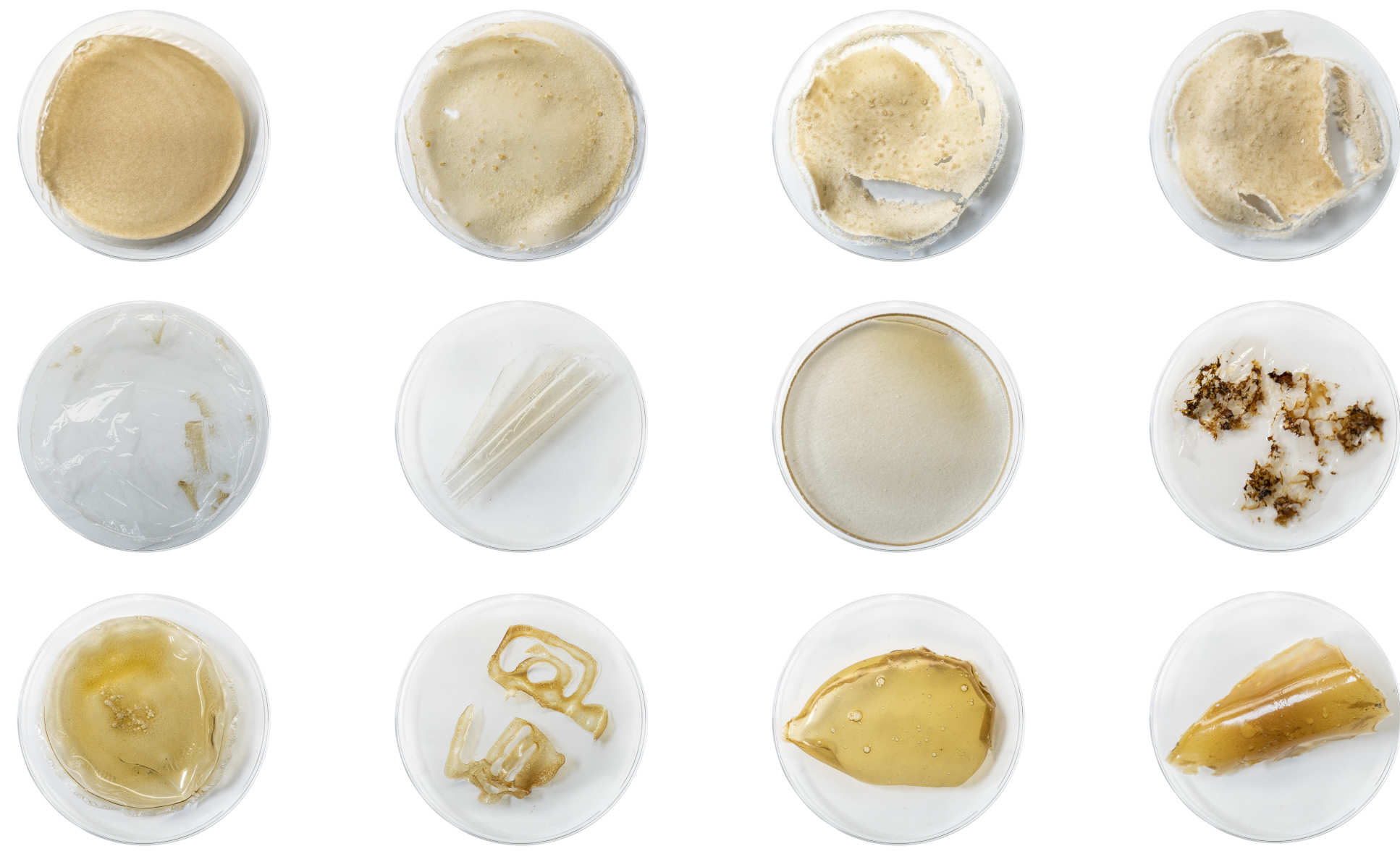
The group believe that difficulties in forming the material is a key barrier to its widespread adoption by other designers. In order to address this, they built machines that can form the bioplastic using new manufacturing methods tailored to how the material behaves.
The three new manufacturing machines are:
Dippy – a heated dip moulder comprising of two solid metal elements attached to a heat source, which are dipped in the liquid material and left to dry, forming 3D vessels like cups and containers.
Vaccy – a steam heated vacuum former. The bioplastic sheets can be formed into moulded packaging, taking on the shape of whatever object is put in the vacuum former.
Sheety – an evaporative sheet former that uses heat and wind to transform the bioplastic solution into flat sheets of material. These can then be glued together using the liquid form of the bioplastic.
Easily recyclable
The material is easily recyclable and can be turned back into the original bioplastic solution. “We believe that this will allow for more experimentation without creating waste,” say the team. At the end of life, it can be poured onto soil in its liquid form as a natural, non-polluting fertiliser.
The group has used their custom machines to prototype potential applications, each of which exploits a specific property of the material to demonstrate its potential. These prototypes range from ant-bacterial blister packaging and food-safe carrier bags to self-fertilising plant pots.
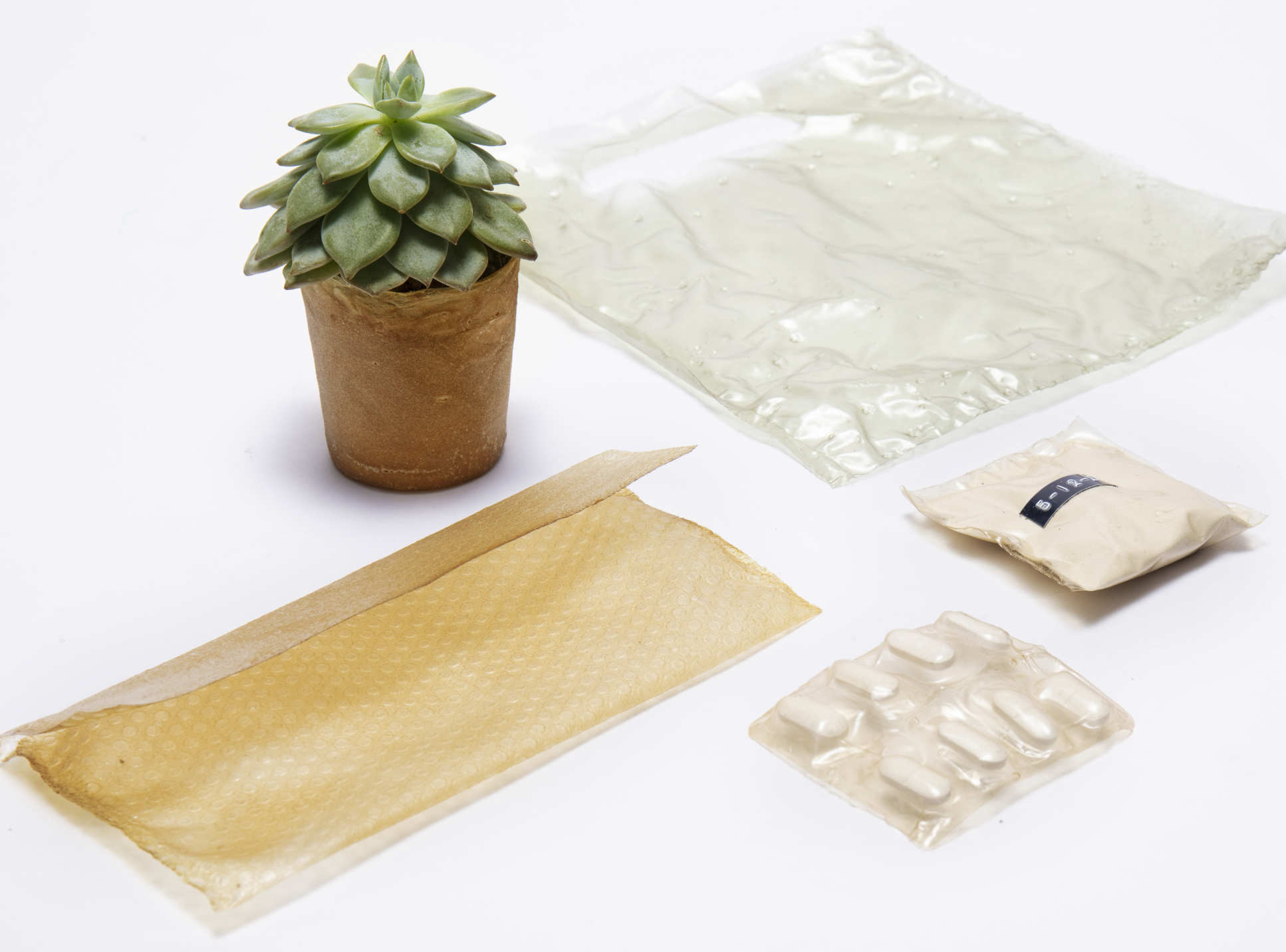
The group added: “By designing scalable manufacturing processes, applications tailored to the material, and eco-positive waste streams, we believe we can demonstrate how chitosan bioplastic could become a viable alternative for many of the plastic products we use today.”
The team are formed of Ed Jones, Insiya Jafferjee, Amir Afshar and Andrew Edwards.
Image credits: The Shellworks
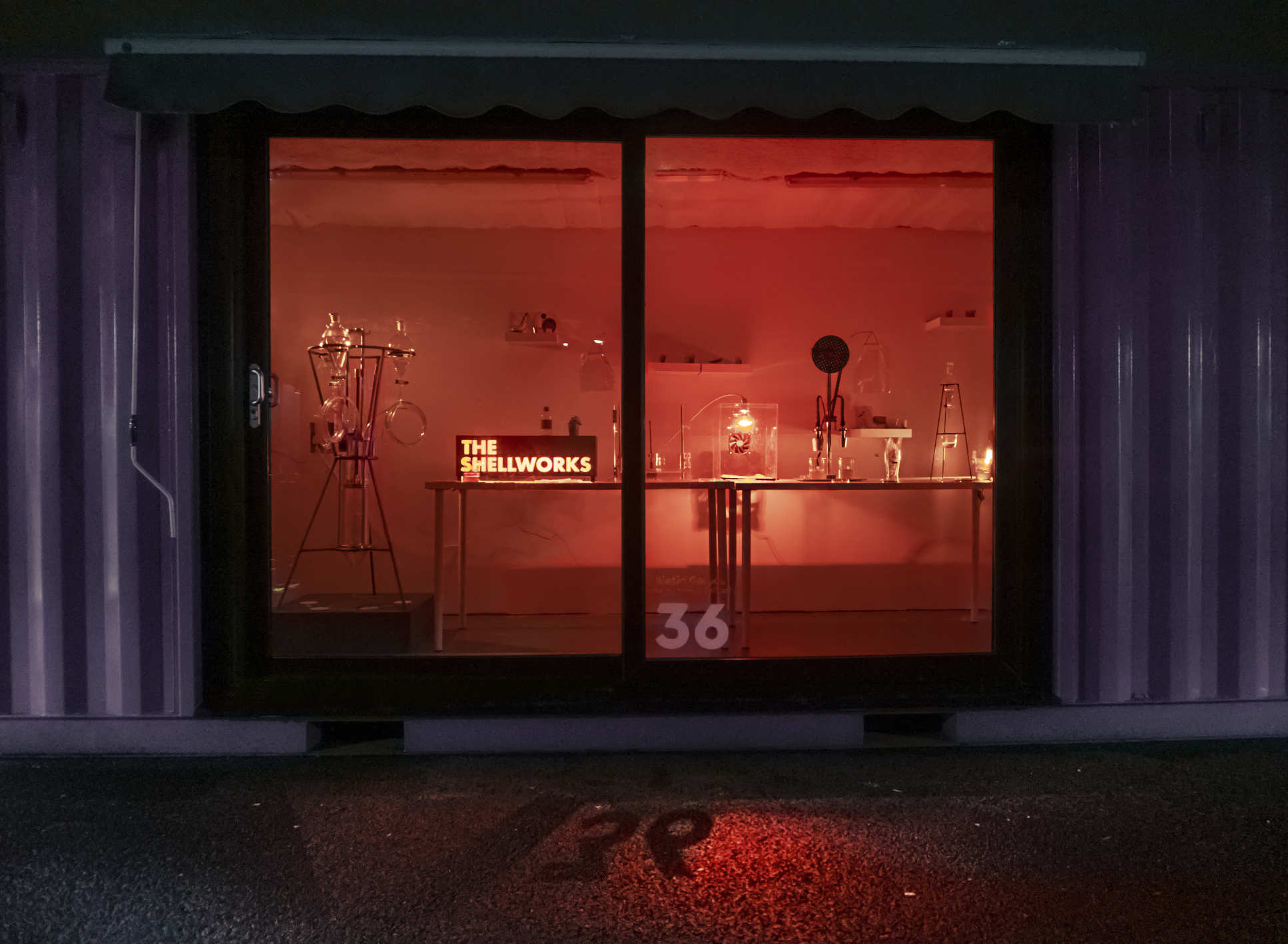
Article text (excluding photos or graphics) © Imperial College London.
Photos and graphics subject to third party copyright used with permission or © Imperial College London.
Reporter
Joanna Wilson
Communications Division

Contact details
Tel: +44 (0)20 7594 3970
Email: joanna.wilson@imperial.ac.uk
Show all stories by this author
Leave a comment
Your comment may be published, displaying your name as you provide it, unless you request otherwise. Your contact details will never be published.

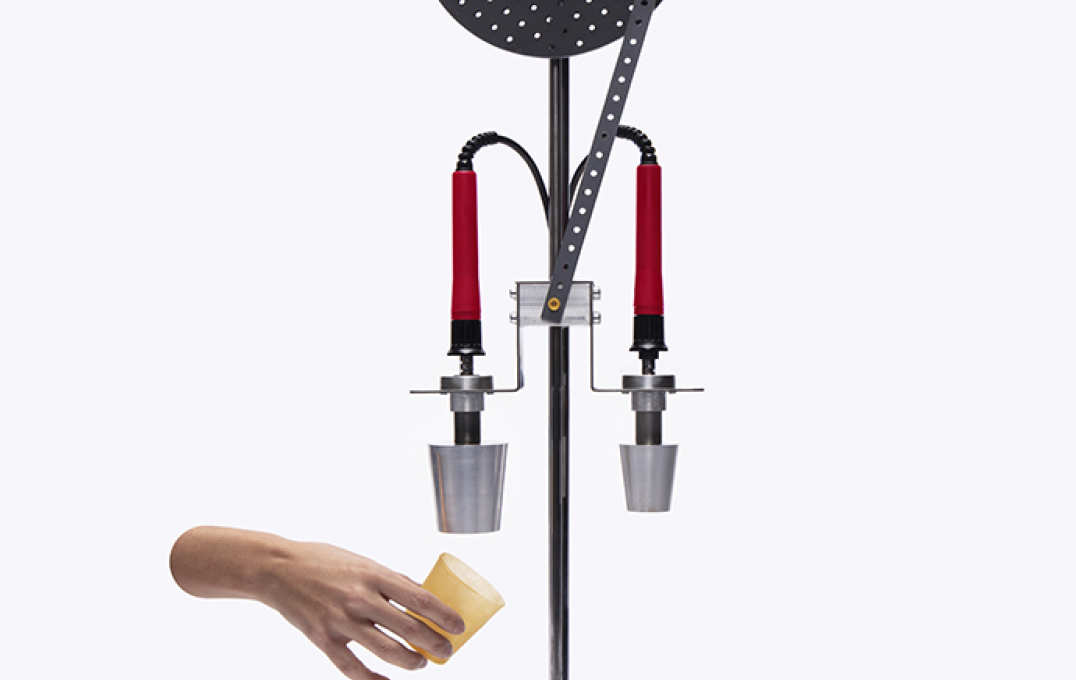
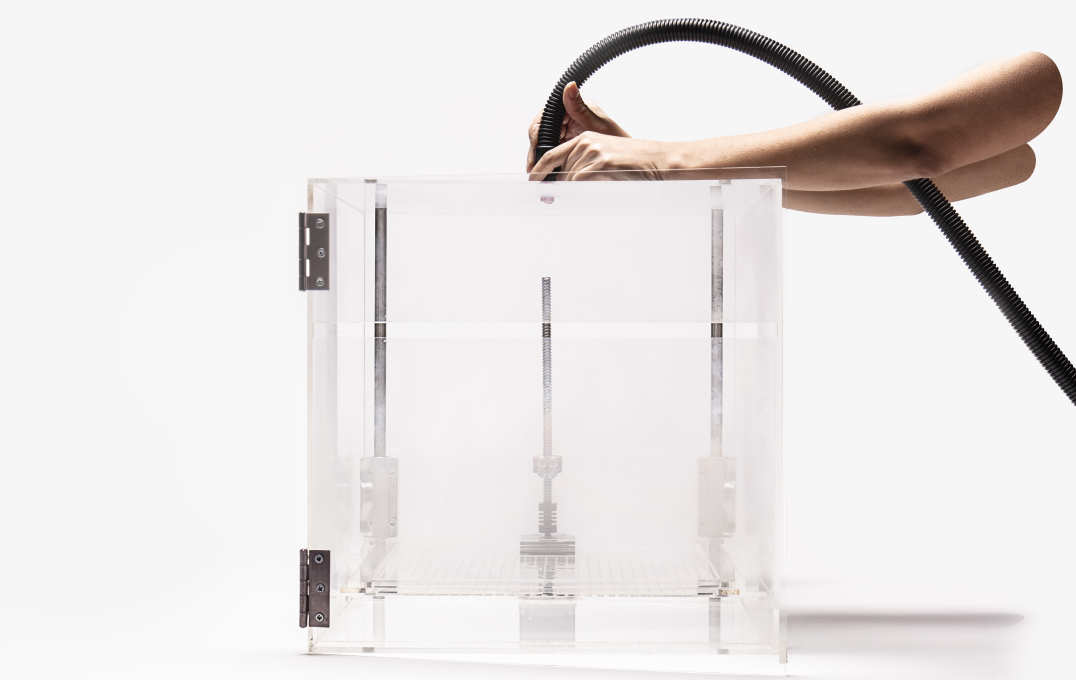
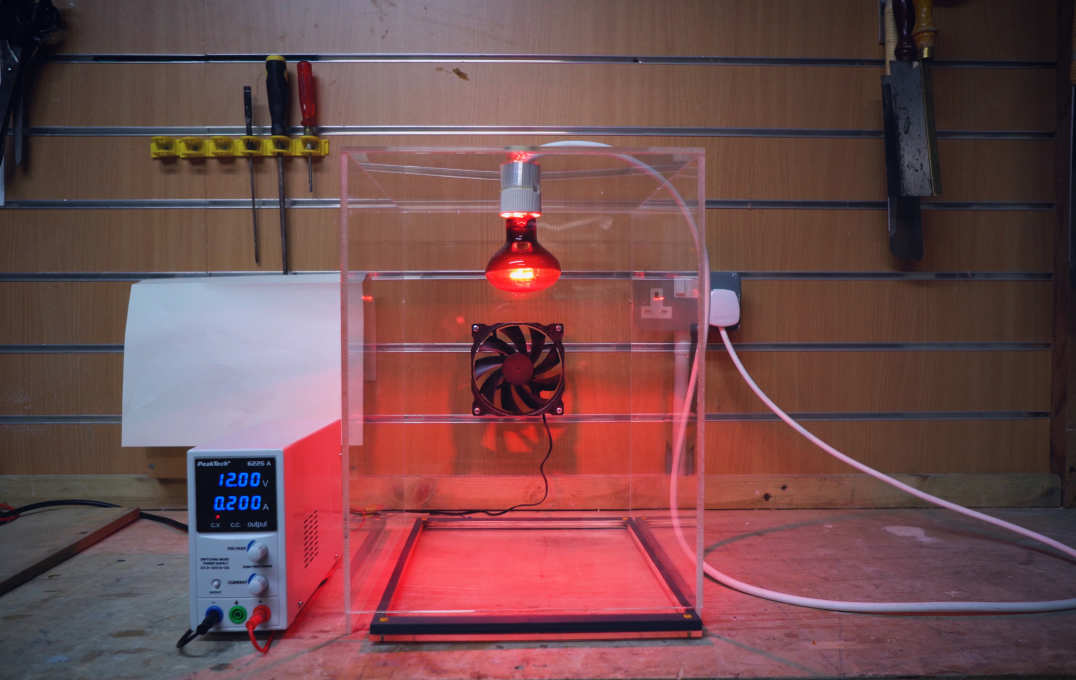
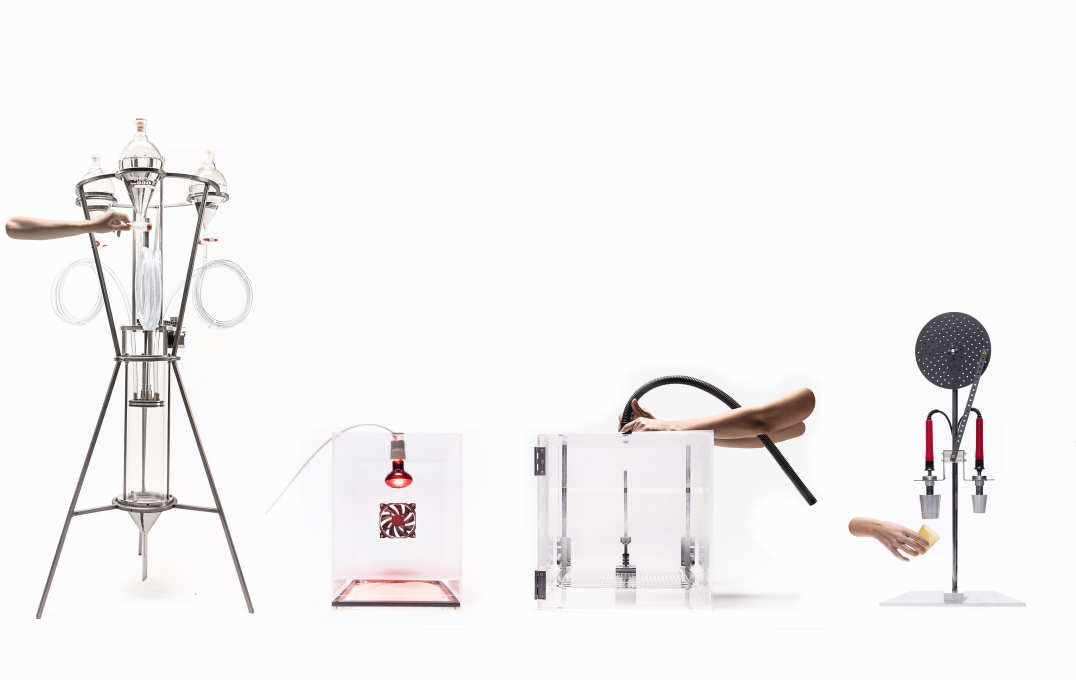



Comments
Comments are loading...